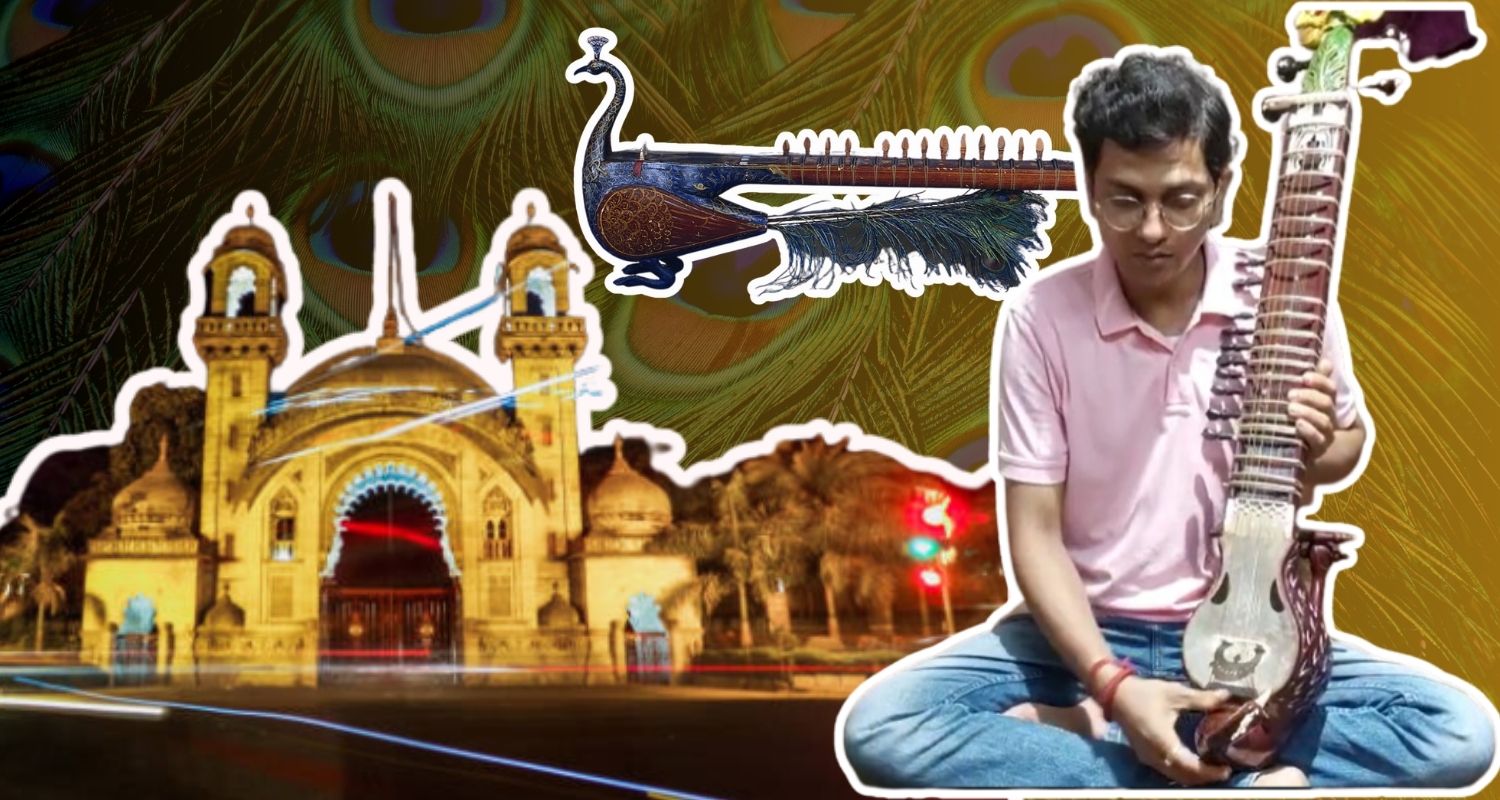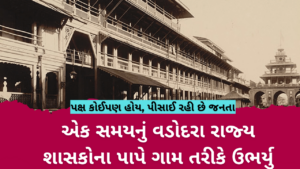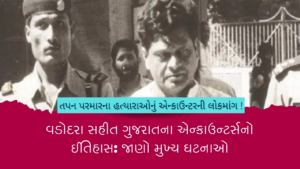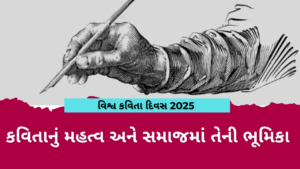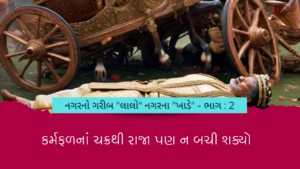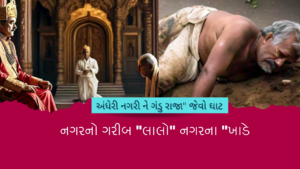“Craftsman Dhaval Mistry’s Remarkable Restoration Efforts Preserve a Musical Legacy”
In the heart of Vadodara, an age-old treasure, the Taus, has been reborn thanks to the skilled hands of craftsman Dhaval Mistry. This 90-year-old instrument, intricately designed to resemble a peacock, has been lovingly restored to its former glory, breathing new life into its timeless melodies.
The Taus, a name derived from the Urdu Persian word for peacock, is an instrument steeped in history. Legend has it that Persians introduced this enchanting piece to India, where it fused with the indigenous instrument, the Ishraj, giving rise to the Taus as we know it today. Historical records trace its origins back to Calcutta.
This restoration endeavor, undertaken by the talented Dhaval Mistry, has not only revitalized a musical relic but also ensured that every aspect of its originality was painstakingly retained. Crafting the instrument from authentic materials such as bone, saber horn, and elephant tusk, Mistry’s dedication shines through in every detail. Made primarily from teak and seven types of wood, this labor of love took eight months to complete, and it stands as a testament to preserving musical heritage.
One of the most captivating features of this Taus lies in its flexibility. Its peacock-shaped legs can be adjusted for seated playing, and its neck can be swiveled during performance. Removing the neck produces a unique sound, adding to the instrument’s versatility. While many instruments depict elephants or swans, this Taus, in a departure from tradition, showcases the revered Saraswati Devi. It boasts four primary strings and an impressive 13 chords.
The culmination of Dhaval Mistry’s meticulous work is a masterpiece that transcends time. Soon, this restored Taus will find its rightful place in the forthcoming Halam at the Tanareri Museum in Vadnagar, where its harmonious melodies will captivate generations to come. It’s not just an instrument; it’s a testament to the enduring legacy of music and craftsmanship.

